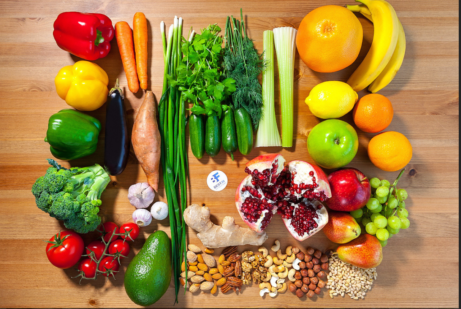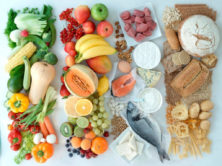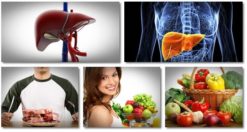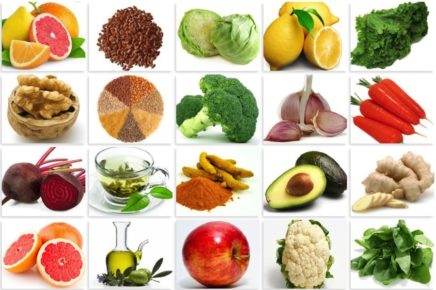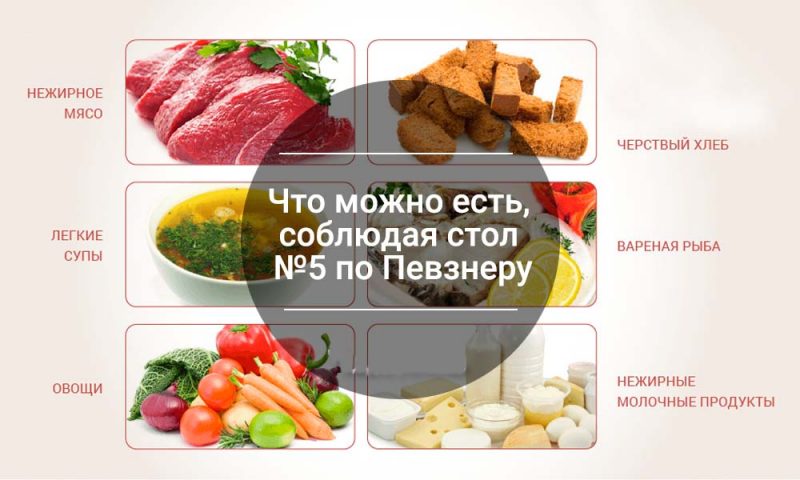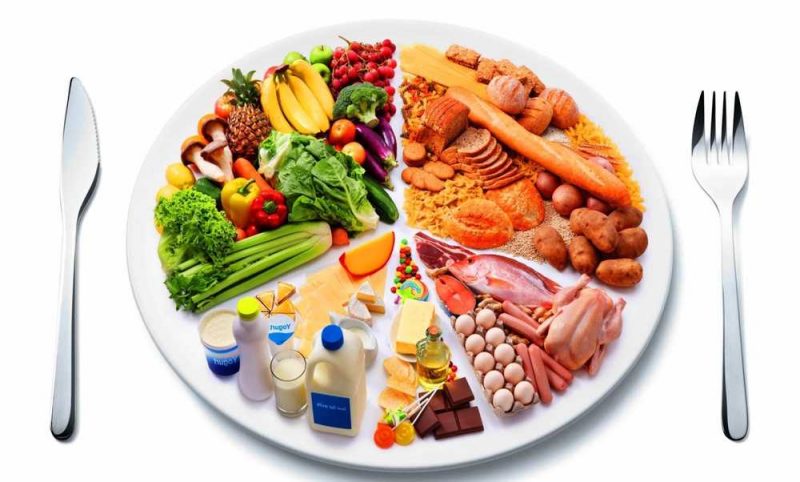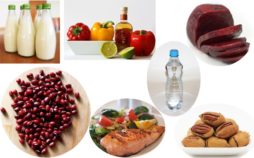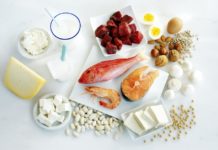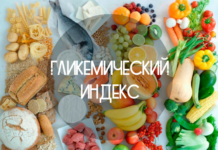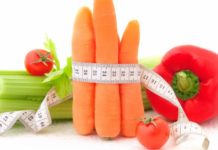Diet for liver disease is a mandatory method of complex therapy. Doctors recommend adhering to dietary restrictions throughout the year in order to restore organ functions and avoid remission.
Material Content:
- 1 The role of nutrition in liver disease
- 2 The principles of adherence to clinical nutrition
- 3 Allowed Products
- 4 In the cooking process, you can use seasonings that are resolved for problems with the liver: ginger, coriander, cinnamon, turmeric. You can also add fresh herbs and dried tomatoes. You can’t fry onions, carrots and other vegetables to season first courses. Fully or partially restricted products
- 5 Menu for liver disease with recipes
- 6 Important medical advice
- 7 Contraindications
The role of nutrition in liver disease
In the recovery period after treatment of liver pathologies and in the chronic course of illnesses, a diet of Table 5 is prescribed. For exacerbation of diseases of the liver, as well as the gall bladder and pancreas, it is necessary to adhere to a more sparing diet of Table 5a.
The purpose of such nutrition is to provide mechanical, chemical and thermal sparing of the mucous membrane of all organs of the digestive tract. Dietary diet helps normalize liver function, improve bile secretion, restore metabolism, reduce the level of intoxication of the body.
The principles of adherence to clinical nutrition
The daily diet of diet No. 5 should include:
- proteins - 80 g (about half of them are animals);
- fats - 80 g (30% of them are vegetable);
- carbohydrates - 400 g (sugar should be no more than 17%);
- salt - up to 10 g (in the acute period - up to 5 g);
- 2400–2700 kcal in total.
All products for liver disease should be consumed in accordance with the following rules:
- cook only in a slow cooker, a double boiler or cook and bake;
- finely chop the ingredients;
- serve dishes with a temperature of + 30 ... + 50 ° С;
- eat small (about 150 g) portions 5 times a day, while 3 meals should be main, 2 - intermediate, when you can eat fruit, confectionery, dairy products;
- chew food slowly;
- exclude from the menu fried, salty, smoked, sour, spicy, fatty, overly sweet food;
- add oil exclusively to cooked dishes;
- drink 1.5–2 liters of water per day (including tea and herbal infusions).
Allowed Products
In the menu for liver disease, it is permissible to include the following products:
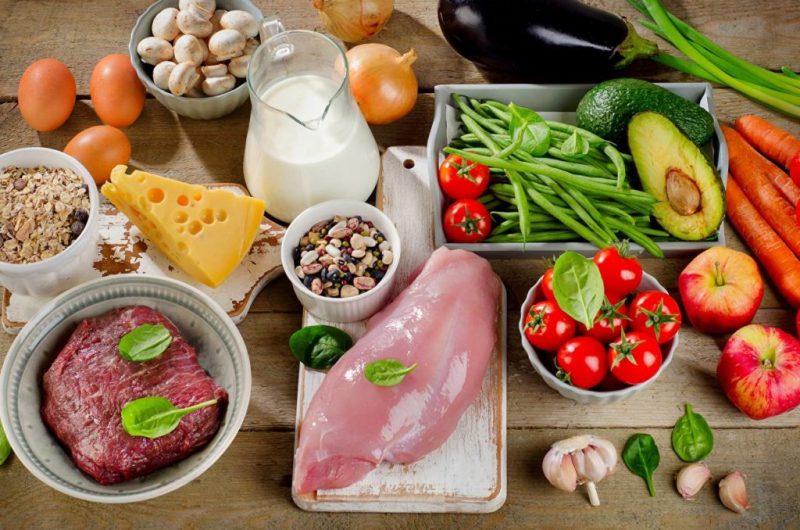
- dietary meats: rabbit, horsemeat, veal, turkey, chicken (skin is removed from the bird);
- low-fat fish;
- seafood (up to 100 g twice a week);
- dairy products with a minimum percentage of fat;
- eggs (in the acute form of the disease - only protein);
- mild vegetables and greens (tomatoes cannot be exacerbated)
- fruits and berries (exclusively ripe, sweet), including dried, dried;
- pasta;
- cereals: millet, buckwheat, rice, semolina, hercules, bulgur;
- flax seeds, sunflower seeds, nuts (except peanuts);
- rye, bran, whole grain bread (preferably stale or dried);
- baking without yeast with a minimum sugar and oil content;
- sweet food: honey, marshmallows, marmalade sweets, candy, jelly, a small amount of sugar and jam;
- other confectionery: dry biscuit, biscuits, homemade oatmeal cookies;
- all types of vegetable oil (up to 40 ml per day);
- condiments: soy sauce, cinnamon, ginger;
- drinks: white, green tea, still water, rosehip broth, a small amount of vegetable or fruit juice (up to 200 ml per week).
Read also:couscous - recipe for cooking
In the cooking process, you can use seasonings that are resolved for problems with the liver: ginger, coriander, cinnamon, turmeric. You can also add fresh herbs and dried tomatoes. You can’t fry onions, carrots and other vegetables to season first courses.
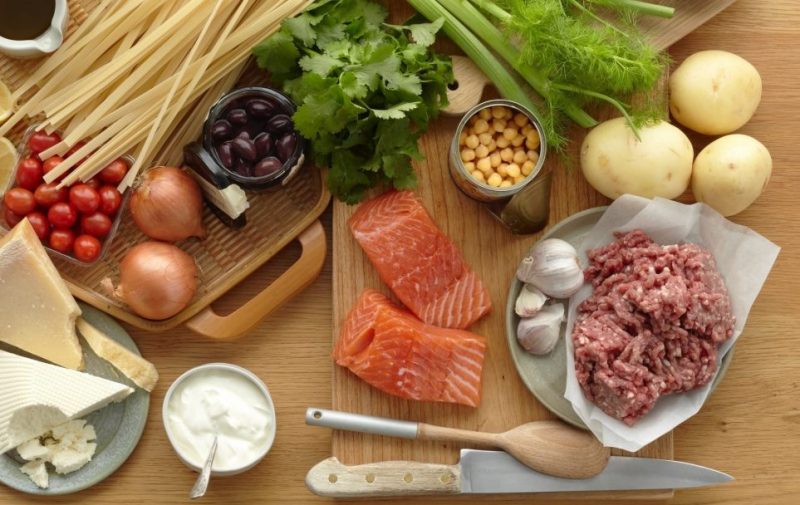 Fully or partially restricted products
Fully or partially restricted products
Diet for liver diseases prohibits the use of:
- fatty meat, poultry, fish, caviar, offal;
- butter baking, fresh wheat bread;
- high fat dairy products;
- mushrooms;
- legumes;
- sour (and sweet and sour) berries and fruits and juices from them;
- white cabbage and turnips in large quantities, sharp vegetables;
- canned food;
- semi-finished dishes;
- hard-boiled eggs, a large number of yolks;
- pearl barley;
- strong brewed tea, coffee, cocoa;
- hot sauces and seasonings;
- chocolates;
- ice cream;
- alcohol, carbonated, juice drinks.
Menu for liver disease with recipes
30 minutes before breakfast, you need to drink 200 ml of water at room temperature.
 A weekly diet can be made in this way:
A weekly diet can be made in this way:
1 day:
- breakfast: cottage cheese pudding, a handful of dried apricots;
- lunch: an apple baked with honey and walnuts;
- lunch: milk noodle soup, fish dumplings;
- afternoon snack: pumpkin stewed with dried apricots;
- dinner: vegetable stew, bifidoc.
2 day:
- breakfast: oatmeal porridge, strawberry-raspberry jelly;
- lunch: honey pear;
- lunch: a thick soup of carrots and cauliflower, chicken skewers from a slow cooker;
- afternoon snack: fruit and berry mousse;
- dinner: grated cottage cheese with black raisins.
3 day:
- breakfast: steamed omelette only from proteins;
- lunch: biscuit cookies;
- lunch: a salad of fresh vegetables and herbs, boiled turkey;
- afternoon snack: mashed banana;
- dinner: beetroot patties, kefir.
- breakfast: buckwheat, prunes;
- snack: oatmeal cookies;
- lunch: vegetable broth, rice with chicken;
- afternoon snack: a salad of bananas, pears and apples with natural yogurt;
- dinner: dumplings with cottage cheese.
5 day:
- breakfast: semolina, a handful of pine nuts;
- lunch: 2 croutons, cheese;
- lunch: seafood salad, vegetable puree;
- afternoon snack: yogurt without additives;
- dinner: beetroot patties, kefir.
6 day:
- breakfast: apple baked with cottage cheese;
- lunch: biscuit cookies, fermented baked milk;
- lunch: seafood soup, veal steak;
- afternoon tea: 2 apricots;
- dinner: protein omelet with vegetables.
- breakfast: cereal porridge, toast;
- lunch: biscuit, peach;
- lunch: tuna fish soup, grilled vegetables;
- afternoon snack: charlotte;
- dinner: fish soufflé, bifidock.
The following recipes will help to eat tasty and healthy to eat with liver disease. These dishes are permissible to use both in the chronic and in the acute stage of the disease.
Beet cutlets:
- 2 large root vegetables are boiled, peeled and chopped on a grater with small cells.
- A little salt is added, chopped dill, egg white is driven in, mixed.
- Cutlets are formed from the resulting mass, put them in a container of a double boiler and cook for 25 minutes.
Fish dumplings:
- A slice of dried wheat bread is soaked in 30 ml of milk.
- 100 g of hake fillet is double-scrolled in a meat grinder and mixed with soaked bread.
- 15 ml of vegetable oil and a little salt are added to the fish mass.
- Sculpt small workpieces.
- Semi-finished products are placed in boiling water and cooked for 5 minutes.
Omelet with vegetables in a slow cooker:
- Dice 1 zucchini, 1 bell pepper and 100 g of cauliflower.
- In a slow cooker, bring 50 ml of milk to a boil and stew the prepared components in it for 10 minutes.
- 3 egg whites are shaken with 100 ml of milk and 1 g of salt. Poured to vegetables.
- Omelet is cooked in the “Baking” mode for 20 minutes.
Curd Pudding:
- 0.5 kg of cottage cheese is blended until smooth.
- Add 200 ml of kefir or natural yogurt and 20 g of pre-melted honey.
- Beat up 2 proteins until a fluffy foam appears. Protein and cottage cheese masses are carefully connected with a spoon.
- The base is poured into a baking dish (no need to be lubricated first).
- Pudding is prepared in the oven at 190 ° C for about 35 minutes (until golden brown).
Honey Pears:
- The tops of two small pears are cut off and the cores removed.
- Each pear is stuffed with 2 tsp. honey and 5 g of raisins. Close the cut tops.
- Steamed pears for about 1 hour (until soft).
Important medical advice
The effect of the treatment of liver diseases and the speed of recovery largely depend on a well-designed nutrition program. Different types and forms of the disease require an individual approach to the diet.
So, with cholelithiasis, the basis of the diet should be cereals boiled in milk in half with water, dishes from mashed vegetables, kefir 1% fat. It is important to drink about 2 liters of spring or purified water in a household filter per day.
After surgery in the first day, starvation is indicated. Then it is allowed to enter into the menu oatmeal jelly, rosehip broth, low-fat kefir. On the third day, you can already eat vegetable soups, pumpkin or mashed potatoes. It is permissible to introduce fish and meat (exclusively in the form of steam cutlets) into the diet one week after the operation. Any sweets are prohibited.
With toxic hepatitis, it is important to cleanse the blood and tissues of poisons. To do this, the patient needs a plentiful drink (not only water, but also freshly squeezed juices), as well as foods rich in fiber.
If the disease is accompanied by diarrhea, bloating, vomiting, products that have a laxative effect are removed from the menu: beets, sour-milk drinks, prunes, and also reduce the amount of fat. The daily energy value of dishes should be reduced to 2000 kcal.
Going out of the diet should be gradual. 2 weeks after stabilization of the indicators that characterize the activity of the liver, meat broths, sweet and sour fruits, egg yolks can be introduced into the diet. Low alcohol drinks can be consumed only a month after the end of the diet.
During the diet period, it is important to observe the following rules that will help accelerate recovery:
- to refuse from bad habits;
- do not abuse drugs (any medicine should be used after consultation with a specialist);
- control your own weight;
- do sport;
- avoid stress;
- adjust your daily routine.
Contraindications
Dietary nutrition should not be adhered to during the period of gestation and during breastfeeding.When composing the menu, you need to make sure that there are no products that cause allergies. To adjust the diet taking into account the type and form of the disease, you must consult a doctor.


